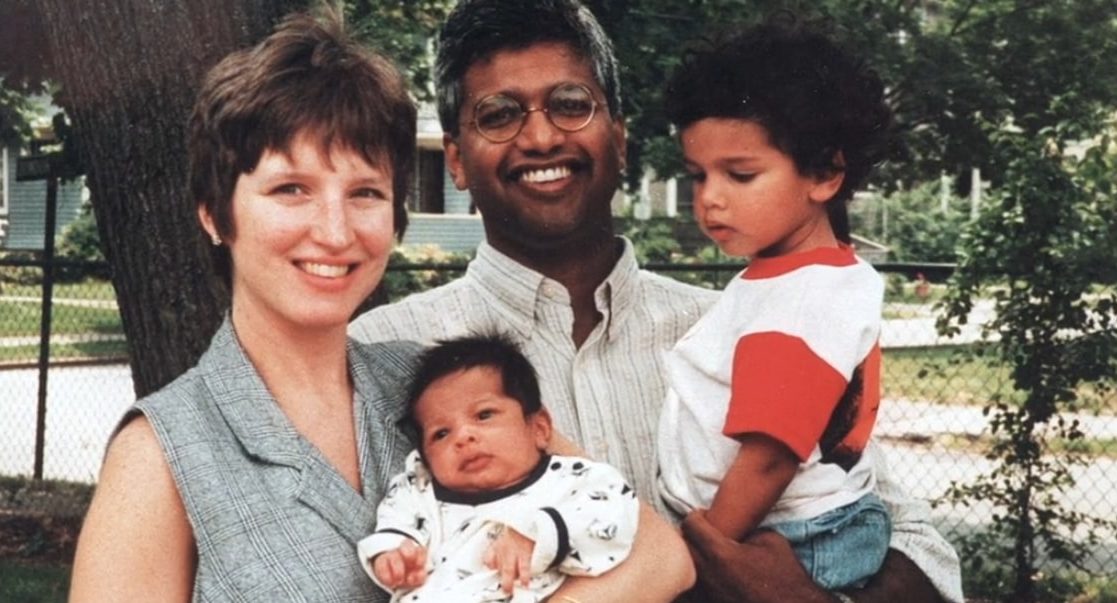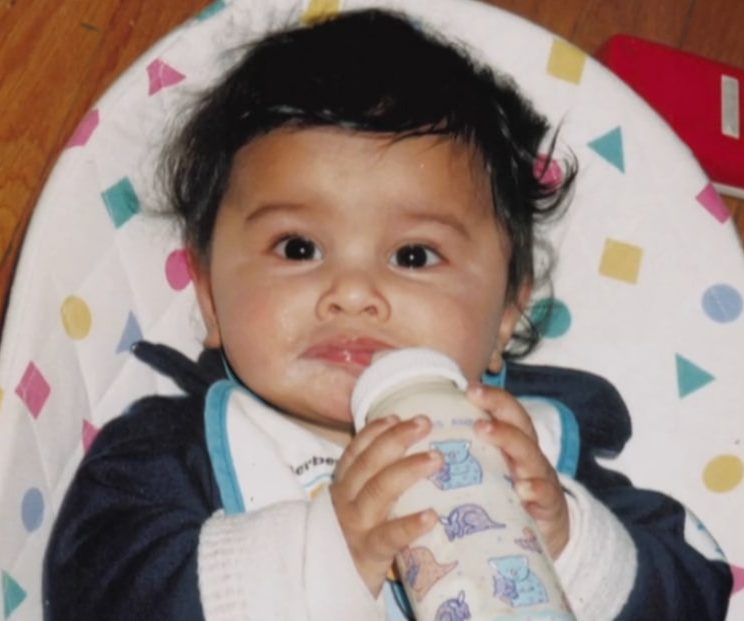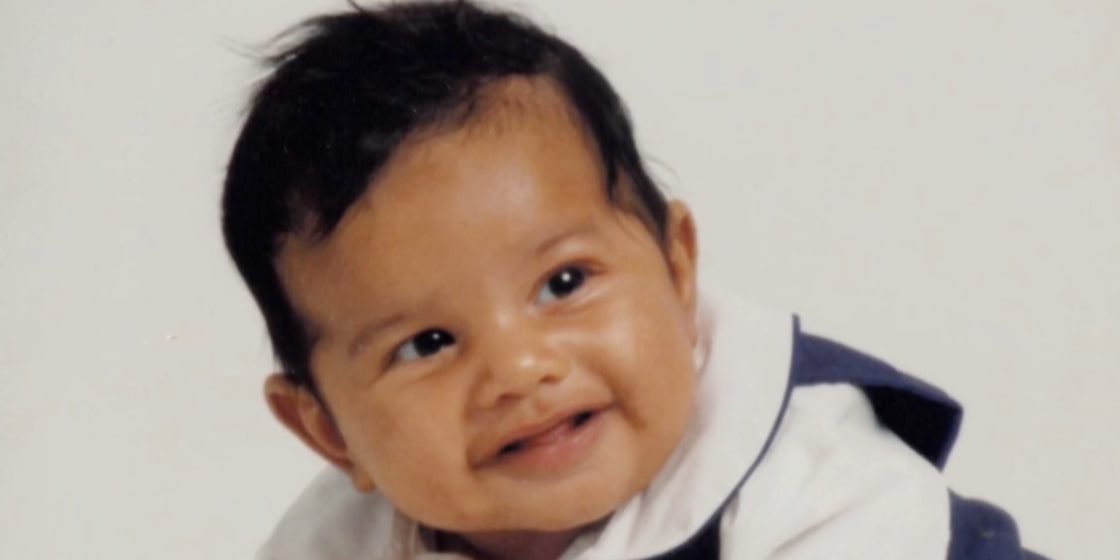Matthew Eappen, a 9-month-old infant, was with his older brother, Brendan, and both of them were under the care of their au pair, Louise Woodward, at their home in February 1997. Woodward contacted 911, reporting an emergency involving the baby and requesting assistance. Upon arrival, first responders transported Matthew to the hospital, where he subsequently fell into a coma and later died from severe head injuries and other complications. Channel 4’s 2022 mini-series ‘The Killer Nanny: Did She Do It?’ delves into the case constructed against Woodward for the murder and the ensuing legal battle.
Matthew Eappen Spent 5 Days in a Coma Before Passing Away
On May 24, 1996, Sunil and Deborah Eappen celebrated the arrival of their second son, Matthew Eappen, into their family. The birth brought immense joy, particularly for their two-year-old son Brendan, who was excited to have a younger sibling to care for. Described as an easygoing child, Matthew was skilled at communicating his needs and was expressive from a young age. His parents noted that he was never difficult or fussy, making their lives easier despite their demanding professions as doctors. Due to their work commitments, they often relied on au pairs who stayed with them to assist with childcare.

Louise Woodward, who had been employed as an au pair for the Eappen children, made a distressing call to 911 on February 4, 1997, reporting that Matthew was injured and unresponsive. Upon arrival, emergency responders rushed Matthew to Boston Children’s Hospital, where he fell into a coma. Medical examinations revealed he had a fractured skull and bleeding between his skull and brain, known as subdural hematoma. These symptoms matched that of the “Shaken Baby Syndrome.”
Additionally, Matthew exhibited retinal hemorrhages and a healing fractured wrist, indicating it occurred approximately a month prior. Despite the doctors’ efforts, Matthew succumbed to his injuries on February 9. His death left the family devastated, particularly Brendan, who struggled to comprehend the loss of his younger brother and repeatedly asked about his return. With Matthew’s passing, the question of who inflicted the injuries became paramount.
Matthew Eappen’s Death was Caused by Extensive Head Trauma
Following Louise Woodward’s 911 call and upon learning about the extent of Matthew Eappen’s injuries, the police began their interrogation. During her initial interview, Woodward admitted to “popping” Matthew on the bed out of frustration and also mentioned “dropping” him on the floor. These statements raised serious concerns, leading to her arrest on charges of assault and battery. Subsequently, after Matthew’s death, she faced additional charges of murder. During her interview with the police, Woodward admitted to being rough with Matthew that day and acknowledged dropping him twice. These statements led to a grand jury charging her with first-degree murder.

Denied bail, she was held in a maximum-security prison until her trial began. Woodward also underwent a polygraph test before her trial, which she passed. However, once her trial commenced in May 1997, her circumstances took a turn. During the trial, both the defense and the prosecution presented numerous doctors and forensic experts. The prosecution argued that Matthew had died from violent shaking and blunt force trauma to the head, leading to internal bleeding. They asserted that since Woodward was the last person with him, she was responsible for his injuries, and her statements, in conjunction with the words she used, supported these claims.
On the contrary, the defense made different claims during the trial. They highlighted the wrist injury Matthew had, suggesting it occurred about a month before his death. Additionally, they argued that the nature of Matthew’s injuries indicated they could have occurred up to three weeks prior, implying that anyone, including the parents, could have been responsible for his abuse leading up to his death. They contended that the internal injuries manifested while Woodward was caring for him, absolving her of direct involvement.
Woodward also chose to testify during her trial. When questioned about whether she had ever witnessed either of the parents being rough with Matthew or noticed any concerning injuries on him, she responded negatively. She claimed that the only time Matthew had acted differently was on the day he was taken to the hospital in February. She also said that she used words like “popped” and “dropped” because that was how she talked and it did not mean that she was admitting to hurting the child. After extensive deliberation, in October 1997, Woodward was found guilty of second-degree murder.
The cause of Matthew’s death was determined to be a fractured skull and bleeding in the brain. However, in November, the presiding judge called for a post-conviction relief hearing. As a result, the charge against Woodward was reduced to involuntary manslaughter. The judge stated that the evidence presented in court was insufficient to support a second-degree murder charge. Therefore, while questions regarding Woodward’s intent and culpability may always linger, what remains clear is that Matthew was not able to recover from injuries, which could have been accidental or inflicted, that he sustained and lost his life too soon.
Read More: Brian Barton: What Happened to Him? How Did He Die?


You must be logged in to post a comment.